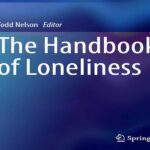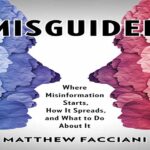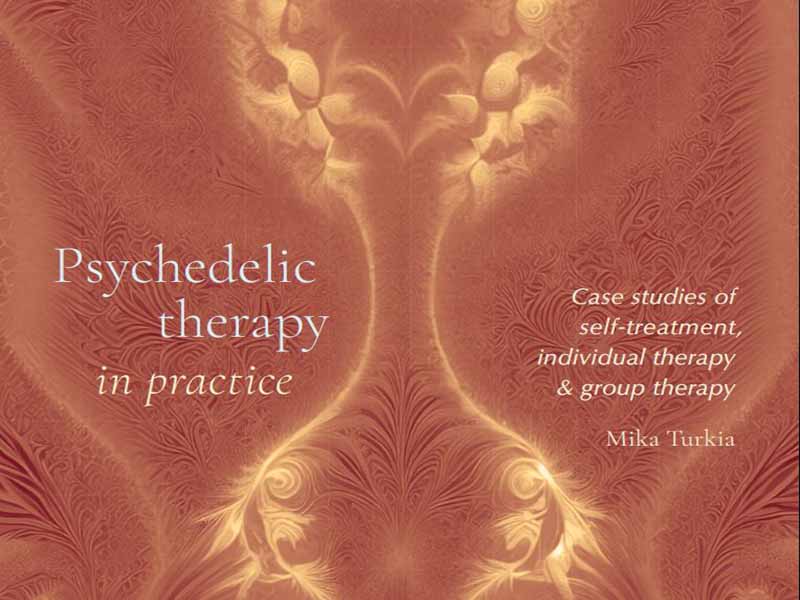- عنوان کتاب: Psychedelic therapy in practice -Case studies of self-treatment, individual therapy group therapy
- نویسنده/انتشارات: Mika Turkia
- حوزه: روان درمانی
- سال انتشار: 2025
- تعداد صفحه: 250
- زبان اصلی: انگلیسی
- نوع فایل: pdf
- حجم فایل: 3.76 مگابایت
روانگردان ها را می توان به عنوان یک “فناوری ارتباط” توصیف کرد: اتصال به خود، بدن، افراد دیگر، جامعه و طبیعت. به عنوان یک پدیده تا حدودی پیچیده، روانگردان ها ممکن است در محل تلاقی هنر، مذهب و زمینه های مختلف علم، از جمله پزشکی، روانشناسی، مردم شناسی و بسیاری دیگر دیده شوند. روانگردان ها به عنوان ابزاری برای دستیابی به هدفی یا به عنوان یک آیین مقدس مورد توجه قرار گرفته اند. تصور می شود که استفاده سنتی از آنها صدها سال پیش آغاز شده است. فرهنگهای بومی معمولاً از دیدگاه مذهبیتر به داروهای گیاهی روانگردان خود نزدیک میشوند. اخیراً در جوامع غربی، علاقه فزاینده ای به استفاده از داروهای روانگردان برای التیام آسیب های عاطفی، افسردگی و مسائل مشابه پدیدار شده است. میلیونها نفر در سرتاسر جهان از داروهای روانگردان برای تقویت مهارتهای حل مسئله، پرورش خلاقیت یا بهدست آوردن بینشهای جدید در زندگی خود استفاده میکنند. در حال حاضر، بسیاری از سوء تفاهم ها در مورد ماهیت روانگردان ها همچنان وجود دارد. فقدان دانش، دنیا را از بهره مندی کامل از پتانسیل این داروها باز می دارد. این مجموعه بر داستان های موفقیت تمرکز دارد – موارد شجاعت، نوآوری، و استفاده از دانش و قدرت در غلبه بر بیماری و رنج. این شامل دوازده مطالعه موردی قومنگاری است که چگونگی کاهش یا غلبه بر مسائل جدی از جمله اعتیاد به الکل، اضطراب و افسردگی شدید، رفتار خودکشی، و اختلالات روانپریشی ناشی از جهل، غفلت، خشونت، جنگ و سوء استفاده جنسی را توصیف میکند. این رویکرد گذشتهنگر است، یعنی بر اساس مصاحبههایی که پس از پایان فرآیند بهبودی و حصول نتیجه اصلی انجام شده است. بسیاری از این موفقیت ها ممکن است به دلیل مهارت استثنایی، زمان بندی مناسب و شاید شانس بوده باشد. آنها ممکن است تکرارپذیر نباشند، و نه اتفاقی هستند. در هر صورت، این مجموعه یک راهنما، توصیه یا راهنما نیست. این فقط برای اهداف اطلاعاتی است. با این حال، این نیز ادای احترام به امکان شفا است. فصلها ابتدا بهعنوان پیشچاپ در ResearchGate و بعداً در PhilPeople و PsyArXiv در دسترس قرار گرفتند. فصول به صورت اصلی منتشر شده است. برخی از بحث ها و تحلیل ها ممکن است قدیمی یا ناقص به نظر برسند. با این وجود، ماهیت – توصیفات موردی – ممکن است بی زمان باشد. در ابتدا، اصطلاحات پزشکی به عنوان یک چارچوب مرجع پذیرفته شد. در نگاه به گذشته، نوع دیگری از رویکرد بهتر بود، اما هیچ منبعی برای بازنویسی وجود نداشت. نویسنده مایل است از همه کسانی که در این فرآیند شرکت کردند – مهمتر از همه، از مصاحبه شوندگان تشکر کند. تلاش، رنج، و فداکاری های غیرمنطقی برای تولید این مطالعات لازم بود. لطفا به آنها احترام بگذارید
Psychedelics could be described as a ’technology of connection’: connecting to yourself, your body, other people, society, and nature. As a somewhat complex phenomenon, psychedelics may be seen as positioned at the intersection of art, religion, and various fields of science, including medicine, psychology, anthropology, and many others. Psychedelics have been approached as a tool for achieving some purpose or as a sacrament. Their traditional use is thought to have originated hundreds of years ago. Indigenous cultures typically approach their psychedelic plant medicines from a more religious point of view. Recently, in Western societies, an increasing interest in using psychedelics for healing emotional trauma, depression, and similar issues has emerged. Millions of peopleworldwide use psychedelics to enhance problem-solving skills, foster creativity, or gain new insights into their lives. Currently, many misunderstandings about the nature of psychedelics still prevail. Lack of knowledge prevents the world from benefiting from the full potential of these medicines. This compilation focuses on success stories—cases of courage, innovation, and the application of knowledge and power in overcoming illness and suffering. It features twelve ethnographic case studies that describe how people were able to alleviate or overcome serious issues including alcoholism, severe anxiety and depression, suicidal behavior, and psychotic disorders caused by ignorance, neglect, violence, war, and sexual abuse. The approach is retrospective, i.e., based on interviews conducted after the healing process was over and the main outcome had been achieved. Many of these successes may have been due to exceptional skill, the right timing, and perhaps luck. They may not be reproducible, nor were they random occurrences. In any case, this compilation is not a manual, recommendation, or guideline; it is for informational purposes only. Yet, it is also a tribute to the possibility of healing. The chapterswere originally made available as preprints on ResearchGate, later also on PhilPeople and PsyArXiv. The chapters are published in their original form. Some of the discussion and analysis may appear outdated or incomplete. Nevertheless, the essence—the case descriptions—may be timeless. Initially, medical terminology was adopted as a frame of reference. In retrospect, another kind of approach would have been better, but there were no resources for a rewrite. The author would like to thank everyone who participated in the process— above all, the interviewees. Unreasonable effort, suffering, and sacrifices were required to produce these studies; please give them the respect they deserve.
این کتاب را میتوانید از لینک زیر بصورت رایگان دانلود کنید:
Download: Psychedelic therapy in practice




































نظرات کاربران